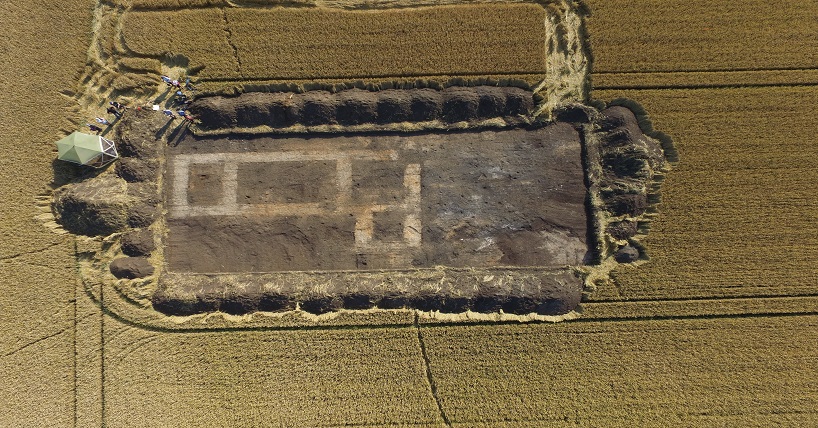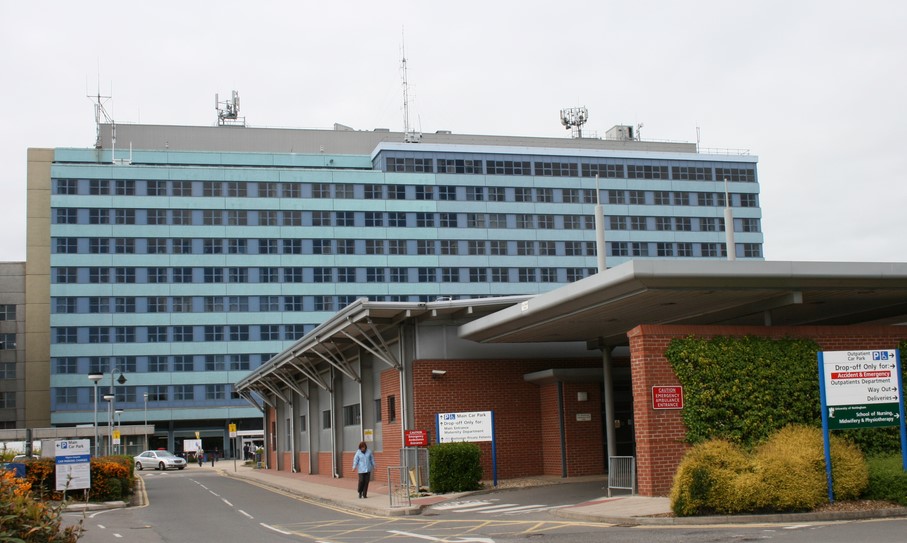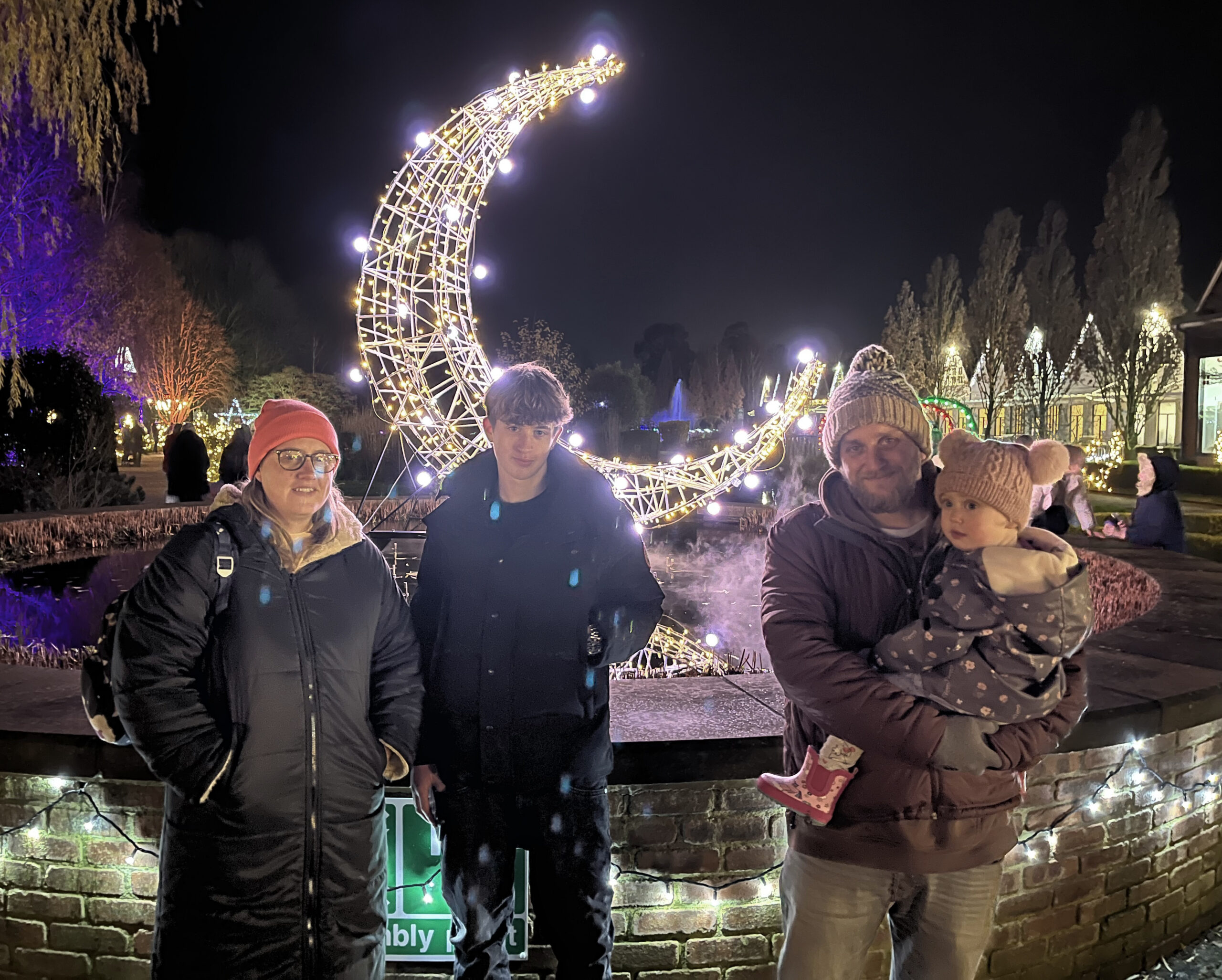The remains of a previously unknown prehistoric henge have been found near Crowland, archaeologists have announced.
A group including researchers from Newcastle University and University Sheffield made the discovery while excavating the site of the site of St Guthlac’s Church.
They now think the church was built around the existing henge.
Newcastle University had previously announced the Roman and Anglo Saxon finds on the site in 2021, but have only just described the prehistoric finds.
It describes it as a “previously unknown Late Neolithic or early Bronze Age henge, a type of circular earthwork and one of the largest ever discovered in eastern England”.
“Because of its size and location, the henge would have been a prominent place in the region and provided a major site for ceremonial activity,” the report continues. “At this time, Crowland would have been a peninsula surrounded on three sides by water and marshes, and the henge was situated on a distinctive and highly visible point projecting out into the Fens.
“The henge seems then to have been deserted, perhaps for many centuries, but the significance already given to the site by the substantial prehistoric earthworks – which would have still been visible into the medieval period – meant it was probably seen by hermits like Guthlac as a unique landscape with a long and sacred past.
“It was around Guthlac’s lifetime that the henge was reoccupied, and the excavation found large quantities of material including pottery, two bone combs, and fragments of glass from a high-status drinking vessel.
“Frustratingly for the excavation team, all of the structures of this date seem to have been destroyed through later activity, and these artefacts offer only a tantalising insight into how the henge was being used in the Anglo-Saxon period.”
“We know that many prehistoric monuments were reused by the Anglo-Saxons, but to find a henge—especially one that was previously unknown—occupied in this way is really quite rare,” said Dr Duncan Wright, Lecturer in Medieval Archaeology at Newcastle University. “Although the Anglo-Saxon objects we found cannot be linked with Guthlac with any certainty, the use of the site around this time and later in the medieval period adds weight to the idea that Crowland was a sacred space at different times over millennia.”
The site in Anchor Church Field had long been rumoured to be the site of St Guthlac’s Church.
The monk, who died in 714 was famed for his solitude and Crowland Abbey was set up in the 10th century memory and dedicated to him,
The remains of a 12th century hall and chapel were also found on the site.
“By examining the archaeological evidence we uncovered and looking at historic texts, it’s clear that even in later years Anchor Church Field continued to be seen as a special place worthy of veneration,” said Dr Hugh Willmott from the University of Sheffield. “Guthlac and Pega were very important figures in the early Christian history of England, so it is hugely exciting that we’ve been able to determine the chronology of what is clearly a historically significant site.”







